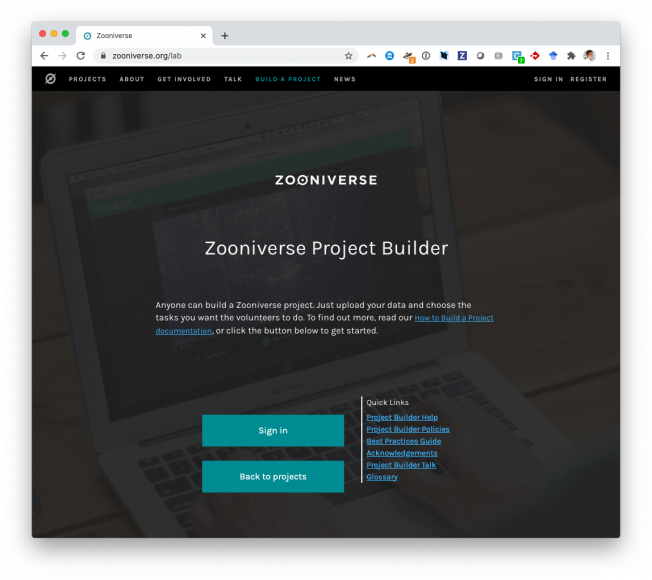The First Post-Kepler Brightness Dips of KIC 8462852
ASTROPHYSICAL JOURNAL LETTERS 853:1 (2018) ARTN L8
Authors:
TS Boyajian, R Alonso, A Ammerman, D Armstrong, AA Ramos, K Barkaoui, TG Beatty, Z Benkhaldoun, P Benni, RO Bentley, A Berdyugin, S Berdyugina, S Bergeron, A Bieryla, MG Blain, AC Blanco, EHL Bodman, A Boucher, M Bradley, SM Brincat, TG Brink, J Briol, DJA Brown, J Budaj, A Burdanov, B Cale, MA Carbo, RC Garcia, WJ Clark, GC Clayton, JL Clem, PH Coker, EM Cook, CM Copperwheat, JL Curtis, RM Cutri, B Cseh, CH Cynamon, AJ Daniels, JRA Davenport, HJ Deeg, R De Lorenzo, T De Jaeger, J-B Desrosiers, J Dolan, DJ Dowhos, F Dubois, R Durkee, S Dvorak, L Easley, N Edwards, TG Ellis, E Erdelyi, S Ertel, RG Farfan, J Farihi, AV Filippenko, E Foxell, D Gandolfi, F Garcia, F Giddens, M Gillon, J-L Gonzalez-Carballo, C Gonzalez-Fernandez, JIG Hernandez, KA Graham, KA Greene, J Gregorio, N Hallakoun, O Hanyecz, GR Harp, GW Henry, E Herrero, CF Hildbold, D Hinzel, G Holgado, B Ignacz, I Ilyin, VD Ivanov, E Jehin, HE Jermak, S Johnston, S Kafka, C Kalup, E Kardasis, S Kaspi, GM Kennedy, F Kiefer, CL Kielty, D Kessler, H Kiiskinen, TL Killestein, RA King, V Kollar, H Korhonen, C Kotnik, R Konyves-Toth, L Kriskovics, N Krumm, V Krushinsky, E Kundra, F-R Lachapelle, D LaCourse, P Lake, K Lam, GP Lamb, D Lane, MW Lau, P Lewin, C Lintott, C Lisse, L Logie, N Longeard, ML Villanueva, EW Ludington, A Mainzer, L Malo, C Maloney, A Mann, A Mantero, M Marengo, J Marchant, MJM Gonzalez, JR Masiero, JC Mauerhan, J McCormac, A McNeely, HYA Meng, M Miller, LA Molnar, JC Morales, BM Morris, MW Muterspaugh, D Nespral, CR Nugent, KM Nugent, A Odasso, D O'Keeffe, A Oksanen, JM O'Meara, A Ordasi, H Osborn, JJ Ott, JR Parks, DR Perez, V Petriew, R Pickard, A Pal, P Plavchan, D Pollacco, FP Nunez, FJ Pozuelos, S Rau, S Redfield, H Relles, I Ribas, J Richards, JLO Saario, EJ Safron, JM Sallai, K Sarneczky, BE Schaefer, CF Schumer, M Schwartzendruber, MH Siegel, APV Siemion, BD Simmons, JD Simon, S Simon-Diaz, ML Sitko, H Socas-Navarro, A Sodor, D Starkey, IA Steele, G Stone, KG Strassmeier, RA Street, T Sullivan, J Suomela, JJ Swift, GM Szabo, R Szabo, R Szakats, T Szalai, AM Tanner, B Toledo-Padron, T Tordai, AHMJ Triaud, JD Turner, JH Ulowetz, M Urbanik, S Vanaverbeke, A Vanderburg, K Vida, BP Vietje, J Vinko, K Von Braun, EO Waagen, D Walsh, CA Watson, RC Weir, K Wenzel, CW Plaza, MW Williamson, JT Wright, MC Wyatt, W Zheng, G Zsidi



